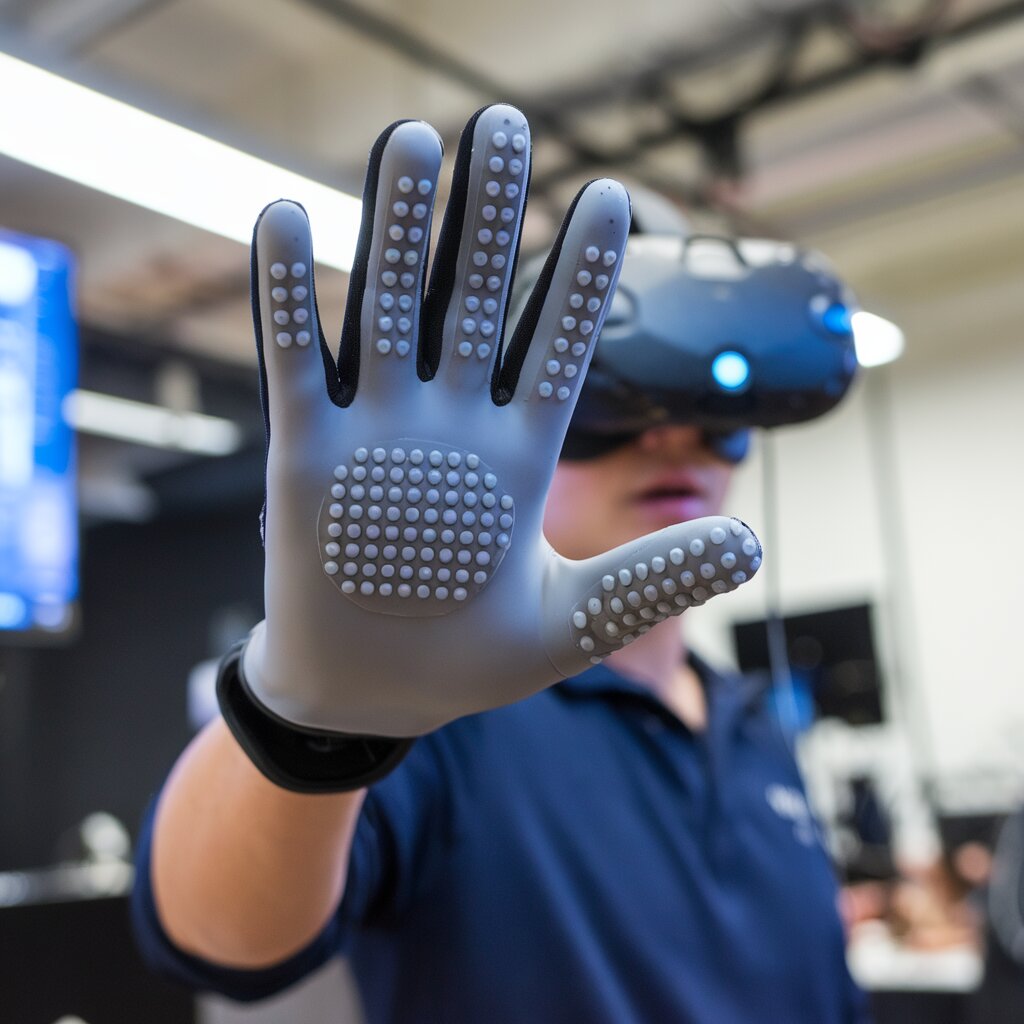In a groundbreaking advancement in wearable technology, a team of engineers led by Northwestern University has unveiled a revolutionary haptic patch capable of transmitting complex touch sensations. This innovative wearable not only promises to enhance gaming and virtual reality experiences but also holds transformative potential for healthcare applications.
At the heart of this development is a thin, flexible device that adheres to the skin, offering a more realistic and immersive interaction by simulating a variety of tactile experiences. Originally conceived with applications in gaming and virtual reality, this novel technology could also significantly benefit individuals with visual impairments by enabling them to perceive their surroundings through touch. Furthermore, the device offers valuable feedback for users with prosthetic limbs, enhancing their interaction with the environment.
This latest advancement stems from the pioneering research of John A. Rogers, a renowned figure in the field of bioelectronics. His work, published in the journal Nature, extends the concept of “epidermal VR” that he introduced in 2019. Unlike the initial version, which used basic vibrating actuators, this new device features advanced miniaturized actuators that can exert controlled forces across multiple frequencies. These actuators also introduce a gentle twisting motion, adding nuanced realism to the tactile sensations delivered to the skin.
Beyond its potential to empower individuals with disabilities, the haptic patch offers a leap forward in tactile feedback technology. It consists of a hexagonal array of 19 small magnetic actuators embedded within a thin silicone-mesh material. This setup allows each actuator to produce distinct sensations, such as pressure, vibration, and twisting. Enabled by Bluetooth communication with a smartphone, the device translates environmental data into tactile feedback, effectively substituting one sensory modality, like vision, with another, such as touch.
The device is powered by a small battery, optimized through an ingenious “bistable” design that conserves energy. This design allows the haptic device to maintain two stable positions without a continuous power supply. Energy is stored in the skin and the device’s internal structure when the actuators engage and then efficiently released when they return to their initial state. This energy-saving approach enables prolonged operation on a single battery charge, making the device more practical for extended use.
The collaboration driving this cutting-edge technology includes contributions from various experts, with Rogers teaming up with Northwestern’s Yonggang Huang, Hanqing Jiang of Westlake University in China, and Zhaoqian Xie from Dalian University of Technology. Jiang’s team notably developed the necessary structures to enable the motion capabilities that enhance the patch’s tactile realism.
As the boundaries of wearable technology continue to expand, this haptic patch stands as a testament to innovation, offering new avenues for sensory interaction and accessibility. Its applications in both entertainment and healthcare illustrate the vast possibilities ushered in by combining engineering ingenuity with a commitment to improving human experiences through technology.


